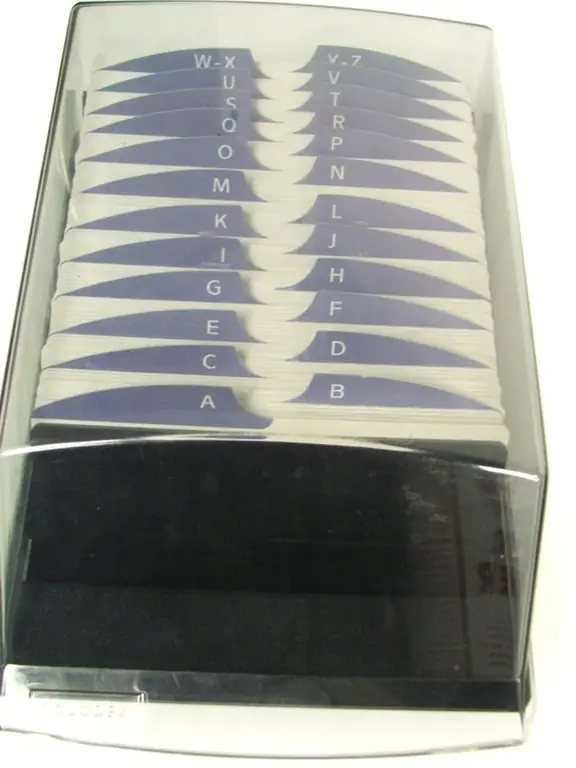The computer registry is a central database where all the basic information about the system configuration, software and hardware is stored. This allows programs and devices installed on your computer to access their settings without delay. During normal operation of the system and correct installation (removal) of programs and devices, the user usually does not need to manually edit the registry data, because this can cause serious system malfunction. However, if you need to view or edit the system registry, then use one of the built-in Windows utilities.

Instructions
Step 1
The simplest utility is regedit, it has a windowed interface. To start it, click the "Start" button, select the "Run" option. In the window that opens (Fig. 1), in the input field, write the regedit command and click OK.
Step 2
In the opened main window of the regedit utility (Fig. 2), the main sections (branches) of the registry are displayed on the left. This tree structure is almost identical for all Windows operating systems older than 95. There are 5 main branches of the system registry, which are divided into sub-branches down several levels.
Step 3
Select the branch that contains the information you need and click the "+" sign to the left of its name. By sequentially performing the same operation with each lower-level branch, you can get to the desired section. The list of branch parameters and their values is displayed in the right part of the window (Fig. 3).
If you need to add a section or parameter to the current branch, select its name with the right mouse button and select the corresponding option from the context menu.
Step 4
To change a parameter, double-click on its name, after which a dialog box will open for editing the value of the selected parameter - Fig. 4. The same window can be called by right-clicking on the parameter name and selecting the "Change" option. To delete a parameter, select the "Delete" option.
To exit the utility, use the "File" - Exit "menu or simply close the window.






